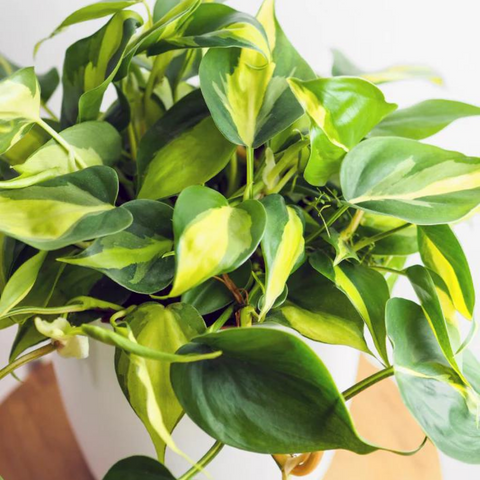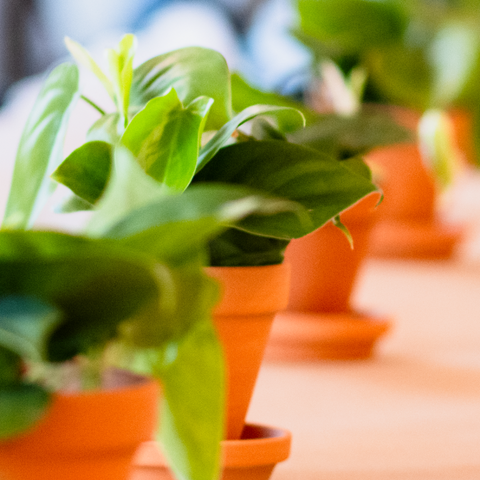As the days grow longer and temperatures rise, it's time to prepare your beloved houseplants for the transition into spring and summer. With proper care and attention, you can ensure your indoor garden thrives during the warmer months, bursting with lush foliage and vibrant blooms. In this guide, we'll explore essential tips to help you prepare your houseplants for the rejuvenating seasons ahead, ensuring they receive the care they need to flourish.
1. Assess Plant Health
Begin by carefully inspecting your houseplants for signs of stress, pests, or disease. Look for yellowing leaves, wilting foliage, or any unusual markings indicating underlying issues. Remove any dead or damaged growth and gently wipe the leaves with a damp cloth to remove dust and debris, allowing them to breathe freely.
2. Report if Necessary
Spring is an ideal time to repot houseplants that have outgrown their containers or are exhibiting signs of root-bound growth. Choose pots one size larger than the current container, ensuring adequate drainage holes to prevent waterlogging. Refresh the potting mix with a high-quality blend formulated for indoor plants, providing essential nutrients and promoting healthy root development.
3. Prune and Trim
Encourage bushy growth and maintain the desired shape of your houseplants by pruning and trimming as needed. Remove any leggy or overcrowded stems to redirect growth and promote new growth from the base of the plant. Trim back dead or yellowing leaves to improve overall aesthetics and prevent the spread of disease.
4. Adjust Lighting Conditions
As sunlight intensity increases during the spring and summer months, it's essential to evaluate the lighting conditions in your home and adjust accordingly. Place light-loving plants near south-facing windows to maximize exposure to sunlight while shading more sensitive species from direct sunlight to prevent sunburn and leaf damage.
5. Increase Humidity Levels
Indoor environments become drier during warmer months, leading to decreased humidity levels that can negatively impact certain houseplants. Increase humidity levels by placing trays filled with pebbles and water beneath plant containers or using a humidifier to maintain optimal moisture levels, especially for tropical plants that thrive in humid conditions.
6. Maintain Consistent Watering
Establish a regular watering routine based on each houseplant's specific needs, taking into account factors such as plant species, pot size, and environmental conditions. Water thoroughly until excess moisture drains from the bottom of the pot, allowing the soil to dry out slightly between waterings to prevent root rot and fungal diseases.
7. Fertilize Sparingly
During the active growing season of spring and summer, supplement your houseplants' nutritional needs with a balanced fertilizer formulated for indoor plants. Apply fertilizer sparingly according to package instructions, avoiding overfeeding, which can lead to fertilizer burn and nutrient imbalances. Alternatively, consider using organic fertilizers for a gentle and environmentally friendly approach to plant nutrition.
8. Monitor for Pests
Keep a close eye on your houseplants for signs of pest infestations, such as aphids, spider mites, or mealybugs, which can increase in warm, humid conditions. Inspect the foliage and soil regularly, paying attention to the undersides of leaves and leaf axils where pests often hide. Treat infestations promptly with natural or chemical insecticides, ensuring thorough coverage and repeat applications as needed.
Conclusion
Preparing your houseplants for spring and summer involves a combination of attentive care, proper maintenance, and environmental adjustments to support their growth and well-being. By following these essential tips, you can ensure that your indoor garden thrives during the warmer months, providing a vibrant and lush oasis to enjoy year-round. Embrace the joy of nurturing your houseplants and watch them flourish as they respond to the changing seasons with renewed vitality and beauty.





Comments (0)
There are no comments for this article. Be the first one to leave a message!